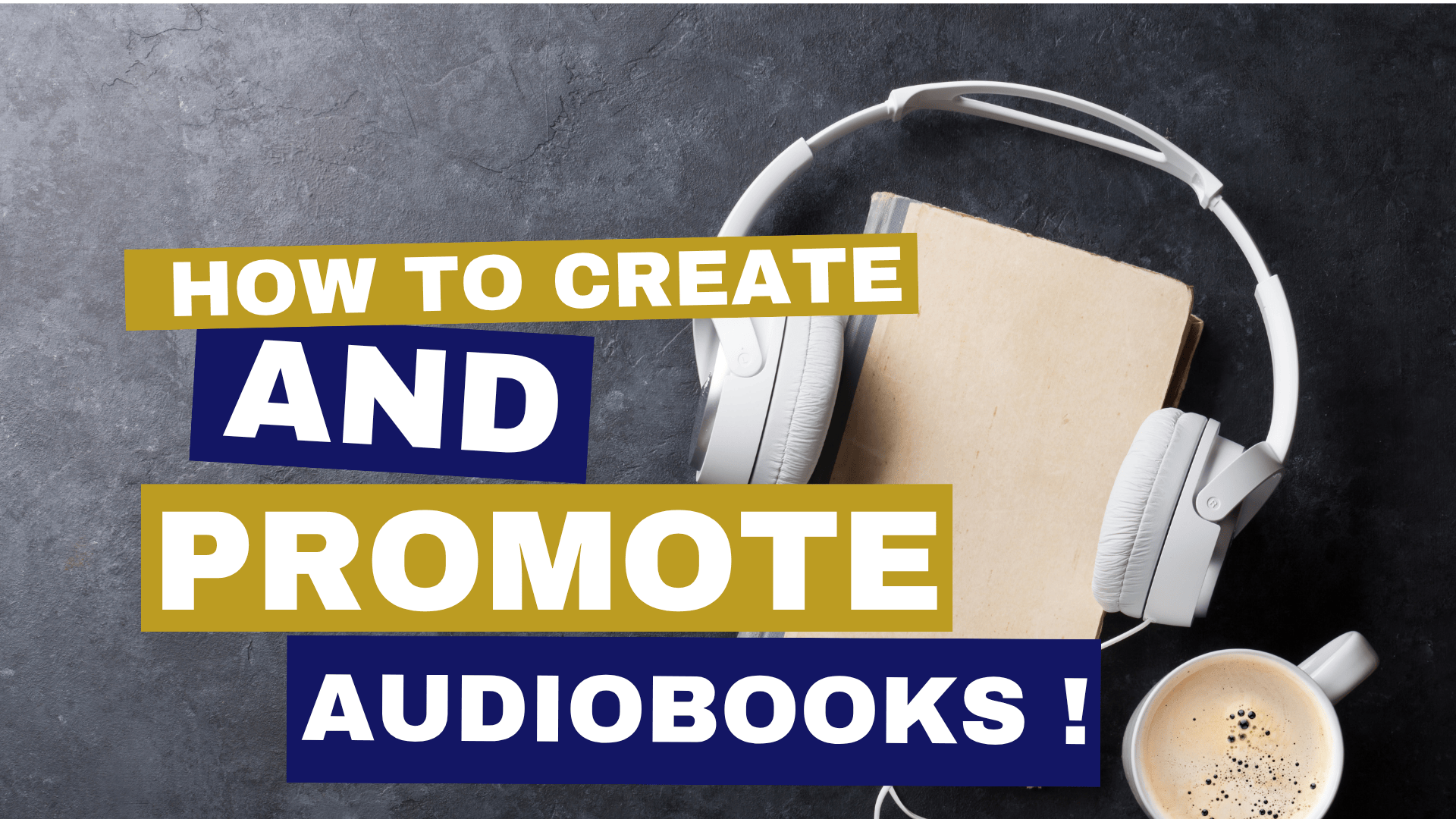How to Turn Your Book into an Audiobook: A Complete Guide for Indie Authors

The Audiobook Boom: What Authors Need to Know Now
In an age of constant motion and multitasking, audiobooks have become the preferred way for many to consume content. The numbers don’t lie: with over $2.8 billion in annual sales and 100,000+ audiobooks created each year, this segment is the fastest-growing part of digital publishing, surpassing even eBooks. And with a 21–25% annual growth rate, the question is no longer if authors should create audiobooks—it’s how soon.
Whether you’re a seasoned indie author or just stepping into the publishing world, understanding how audiobooks work—narration, production, distribution, and promotion—can help you expand your audience, increase your revenue, and deepen your connection with readers.
Why Audiobooks Matter
Many readers today prefer listening over reading—especially during long commutes, workouts, or while doing chores. Audiobooks help you reach readers who might never pick up your physical or digital book. Plus, the audio format is ideal for emotional, memoir-driven stories and non-fiction that benefits from an author’s authentic voice.
Narrating It Yourself vs. Hiring a Voice Actor
There are two main paths for audiobook narration:
Author-Narrated: Perfect for business books, memoirs, or stories where authenticity and emotional resonance matter. Bonus: Narrating your own book can reveal final editing flaws and serve as media training for podcast interviews or speaking engagements.
Talent-Casted: Often preferred for fiction or character-driven books. Working with a professional narrator ensures consistent pacing, quality, and engagement. You’ll provide a short audition script to casting teams, and production usually occurs in 90-minute studio blocks.
You’ll also need to consider your recording environment. If you’re narrating yourself, a well-treated space, quality mic, and editing support are essential.
Production and Technical Specs
Professional editing makes or breaks the listening experience. Audiobooks must meet strict technical standards—like a -60 dB noise floor, 44.1 kHz sample rate, and consistent sound quality across chapters.
Each chapter is submitted as a separate, high-quality MP3 file to meet platform guidelines. Editing involves removing outtakes, fixing errors, and smoothing transitions. For books with visuals or charts, authors can either script a brief verbal explanation or direct listeners to a webpage.
Distribution: Control and Cost
While ACX (Amazon, Audible, iTunes) controls 41–45% of the market and automatically sets retail pricing, platforms like Findaway Voices, Authors Republic, and Spotify give authors more flexibility in pricing, royalties, and global reach.
Choosing where to publish your audiobook impacts both your income and creative control. A hybrid strategy—using ACX for Audible while also listing on wide distribution platforms—can maximize exposure and earnings.
Promoting Your Audiobook: More Than Just a Link
Audiobooks require a tailored marketing approach. Here are several effective methods:
Retail Sample Clips – Offer 1–2 minute snippets to entice listeners.
Audiograms – Share mini audio visuals on social media to boost interest.
Testimonials – Solicit and promote listener reviews.
Podcast Guesting – Leverage interviews to promote both your book and your expertise.
Cross-Promotion – Share behind-the-scenes looks at your recording process or the emotional journey of narration.
With audio’s personal nature, listeners often develop a deeper connection with the author—leading to stronger brand loyalty and more word-of-mouth referrals.
Action Steps for Turning Your Book into an Audiobook
Decide on Narration: Choose whether you'll narrate your audiobook or hire professional voice talent based on genre, budget, and personal comfort.
Prepare an Audition Script: If casting talent, create a short audition script to find the right narrator match.
Handle Visuals and Sidebars: Plan how to address non-verbal elements like charts or tables—whether with a brief description or directing listeners to a resource page.
Select Distribution Platforms: Compare ACX, Findaway Voices, and other platforms to determine which model offers the best blend of reach, control, and royalties.
Develop a Promotion Plan: Use audiograms, social snippets, retail samples, and podcast appearances to generate excitement and sales.
🎧 Audiobooks are no longer optional—they’re essential. With the right plan and tools, you can ride the wave of this fast-growing format and create lasting impact with your words, in readers' ears and hearts.
Embarking on this journey alone can be daunting, and that's why we're here to support you. If you're ready to take your independent publishing goals to the next level, schedule a free one-on-one consultation with our expert team. We'll discuss your unique aspirations, challenges, and tailor a plan to help you achieve success in 2025.